Community Empowerment
Over the last two decades, the forests have been demarcated. The boundaries outline those areas of forest that are natural and in which no formal cultivation or expansion is allowed. The surrounding areas have also been demarcated, showing areas in which people live, actively manage forest products (such as transplanted wild coffee) and cultivate the land. By combining different forest and farming activities, people living in and around the forests are better able to make a living.
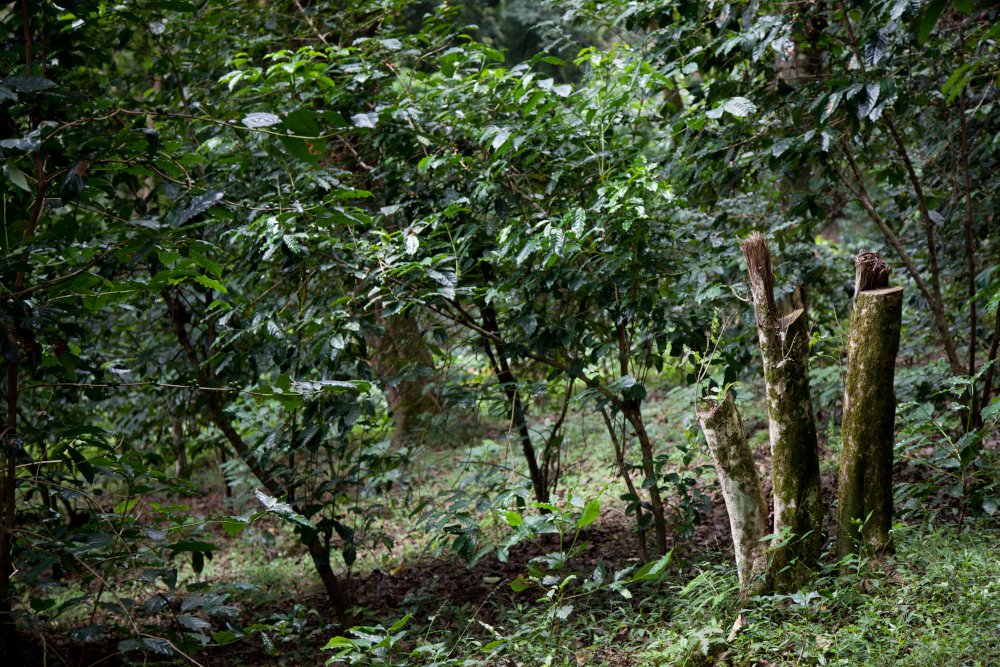
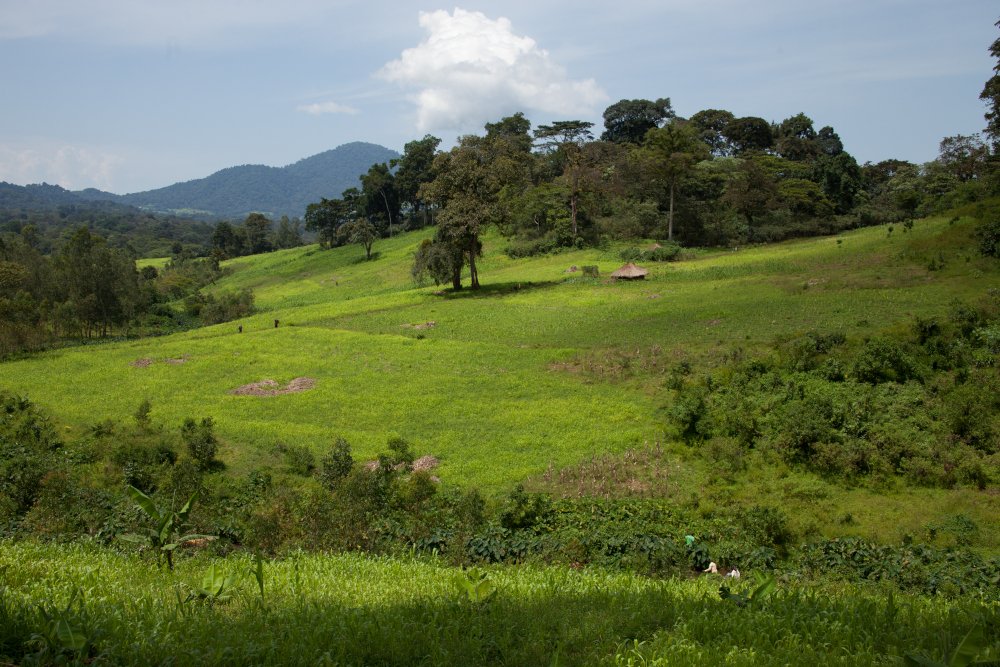
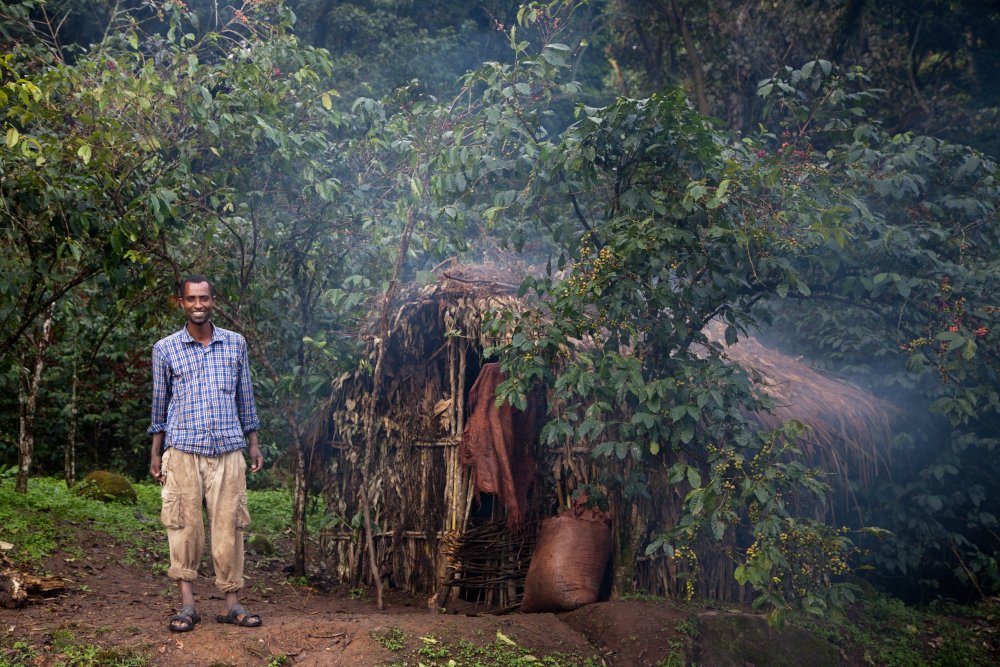
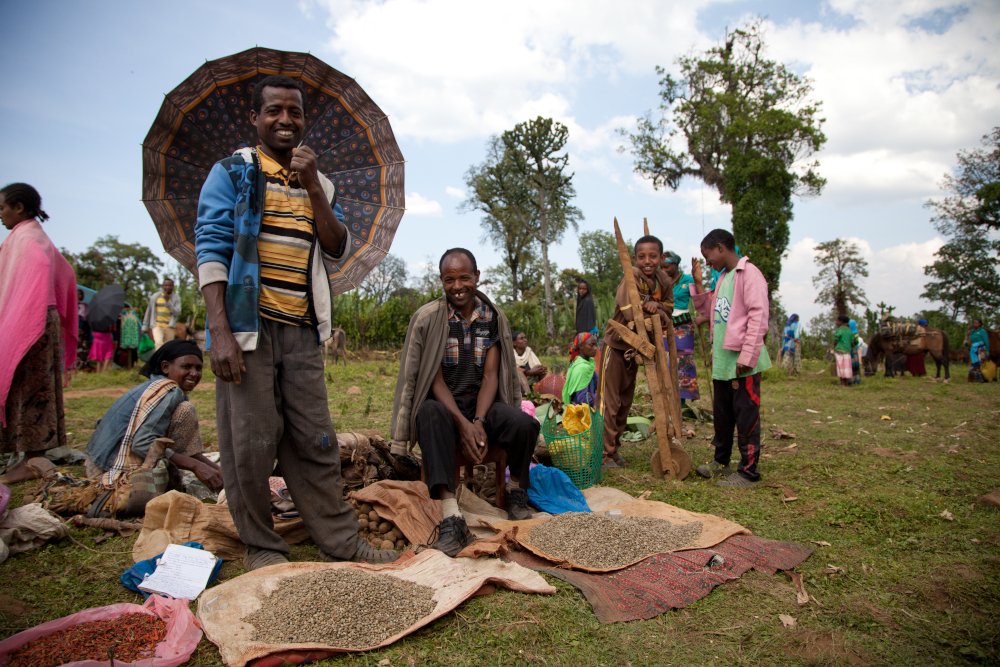
A central feature of the formal agreements between communities and local government is that people are allowed to sustainably utilise forest products in return for managing the forests. This allows them to build on their indigenous knowledge and deep engagement with the forests. Each community has its own forest management group, responsible for forest patrols and control. These groups have received training, support and guidance to help build on their existing indigenous knowledge, and to help manage illegal encroachment and report perpetrators. Their work is also supported by legally recognised communal land certificates. These certificates are valid in Ethiopian legislation and can be used to defend a community’s rights to the forests.
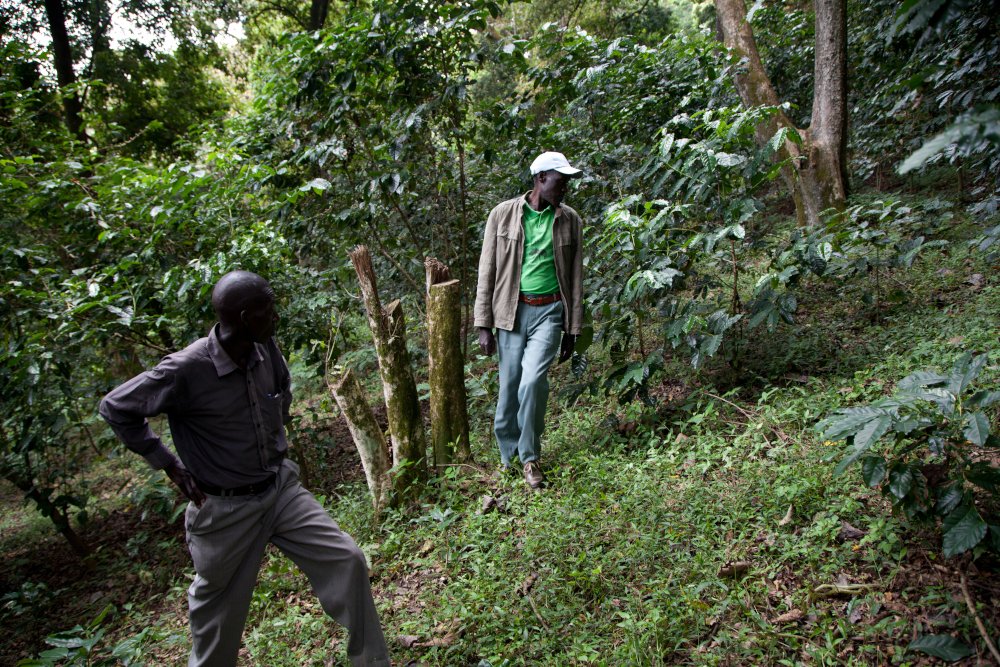
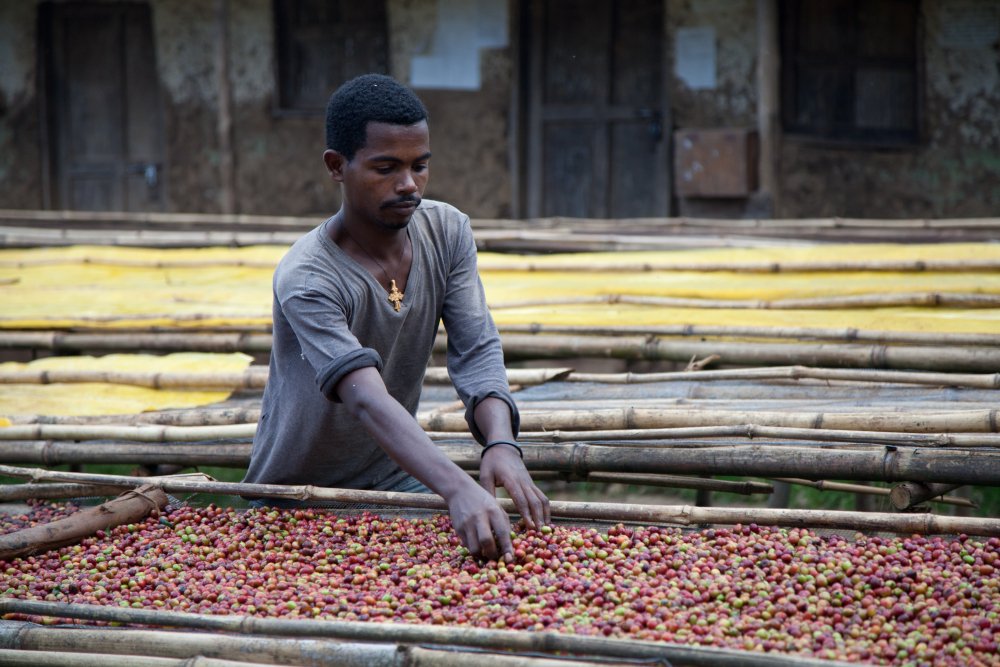
This element of community forest management is closely tied to the biodiversity surveys, data analysis, remote sensing and wildlife monitoring, all of which provide additional evidence to support forest management groups to demonstrate the importance and impact of their work.